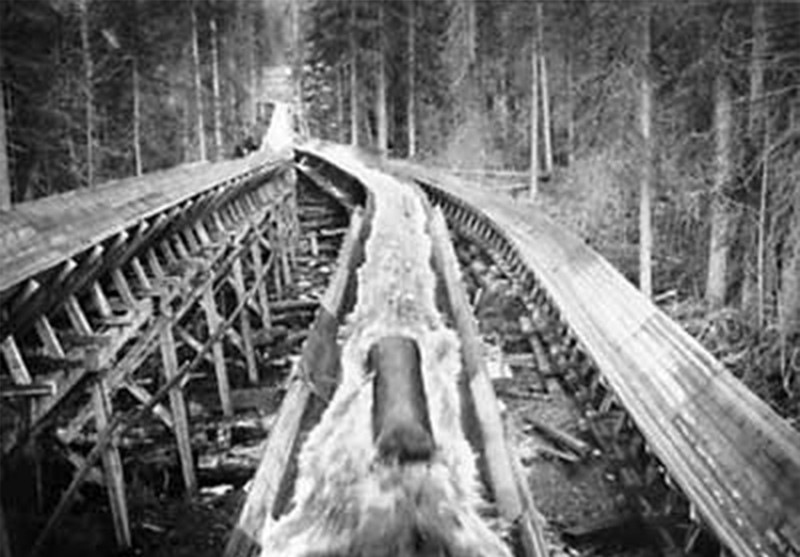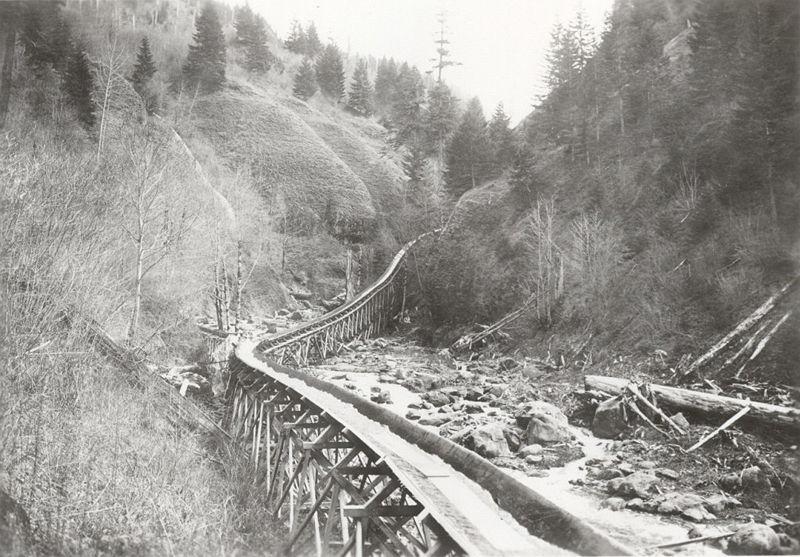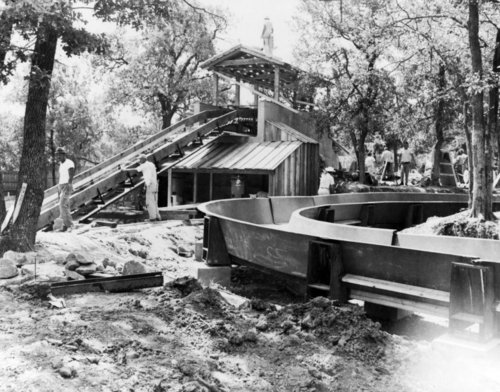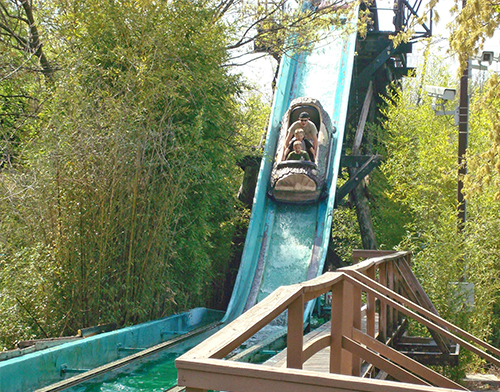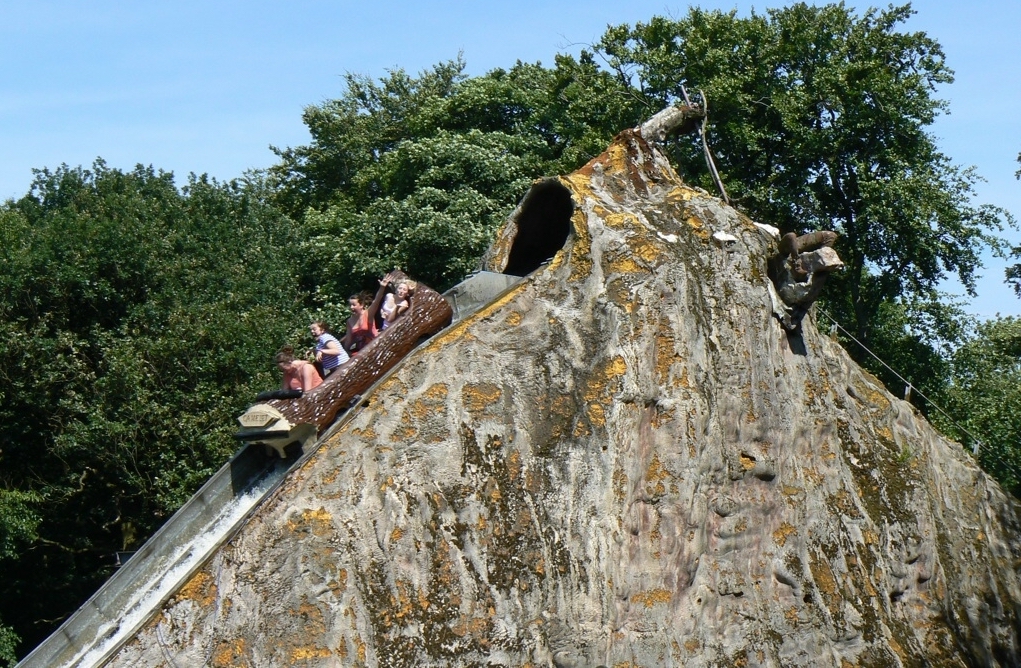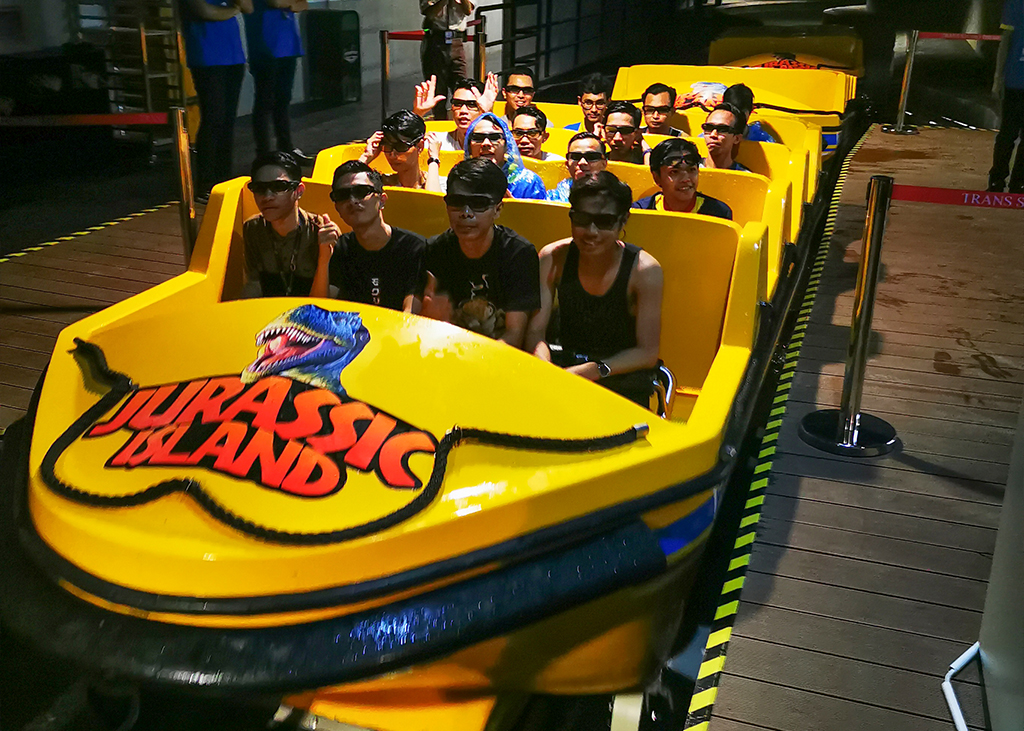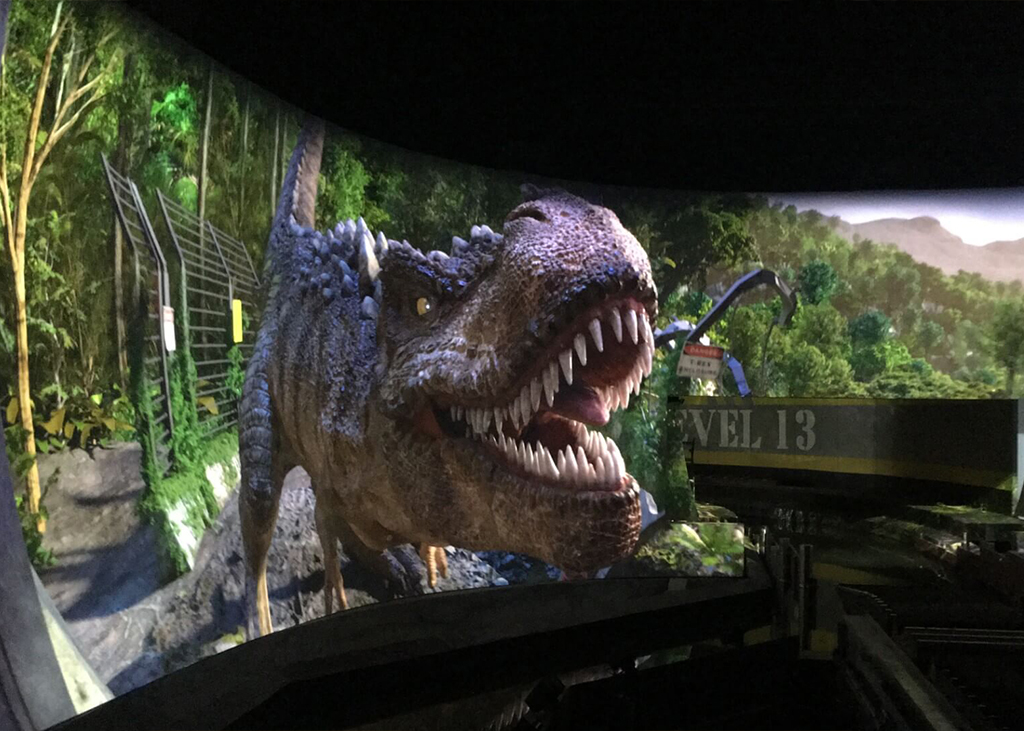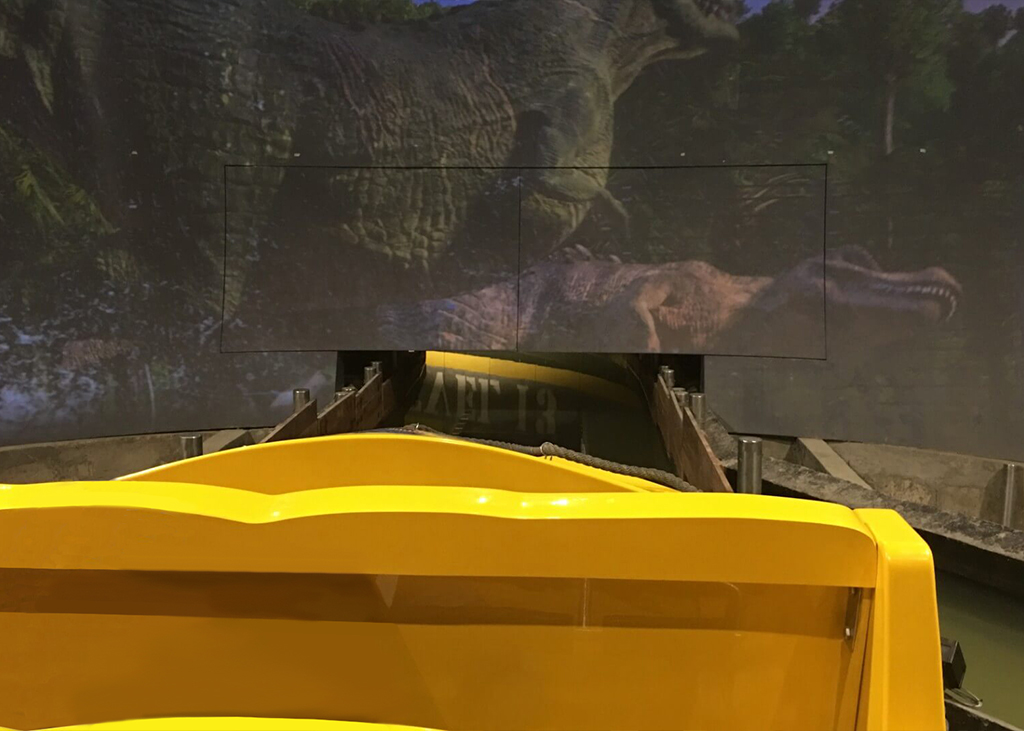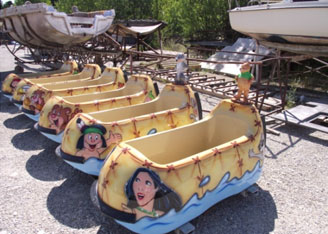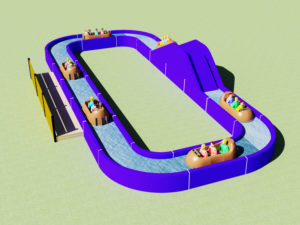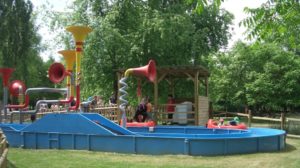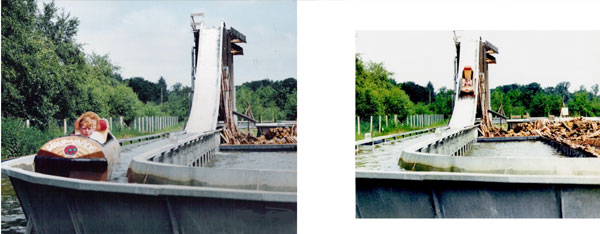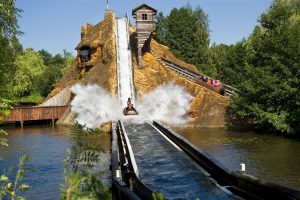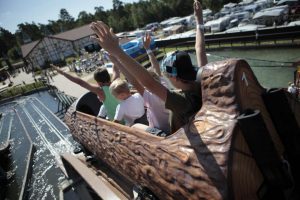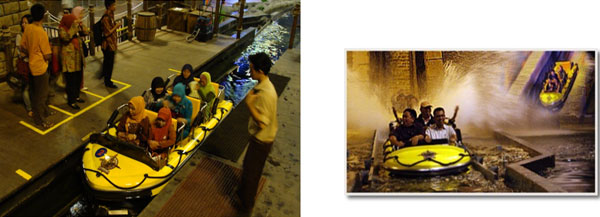The ever-popular log flume ride has been around for over 50 years and is considered a classic theme park attraction, conjuring nostalgia and happy memories from childhood. But, the perfect way to cool off on a hot day at the park has, as everything does, to evolve with technology and customer demands, to continue being a desirable attraction for theme parks to invest in.
Long before you could find a log flume ride in a theme park, they were used industrially for the transportation of logs across long distances. The first of which were built in the mid-1800s for commercial use by sawmills. These long, usually v-shaped troughs, filled with water, could carry the freshly cut logs over rough terrain for miles, eliminating the need to build roads and bridges for the lumber to be transported.
Employed by these sawmills, were ‘flume herders’, whose main responsibility it was to inspect the length of the channels, to ensure the lumber wasn’t jamming up and to watch for leaks or breaks in the flume. On occasion, despite being exceedingly dangerous, flume herders and others would ride down the flume in small crafts or boats, either for inspection or for thrills. A ride down the flume would surely rival that of the modern day amusement park ride, as due to gradient of some of these transport channels, the speeds could reach up to 50 miles an hour. Such rides were the precursor of the modern log-ride amusement park rides.
As theme park rides developed and evolved into the early 20th century, boat and chute rides began to pop up, taking their inspiration from this fun-looking logging technology. The modern-day log flumes are a variant of the shoot-the-chute rides, which still continue to be built today, and featured a larger passenger boat that would slide down a chute and skip along the water at the bottom before being manually hoisted back up the slope. And old mill rides, which usually just had a boat that floated along a trough, through darkened mill-building tunnels.
It wasn’t until the 1960’s that the modern log flume was truly perfected by a company called Arrow Development. Their first installation was ‘El Aserradero’ (The Sawmill) which debuted at Six Flags Over Texas in 1963, and is still in operation today, with ‘The Mill Race’ following it only a few weeks later at Cedar Point. Quickly, Log Flumes became exceedingly popular and became staples of amusement and theme parks across the world, with much of the design remaining relatively unchanged since. Guests climb aboard elongated boats that are typically shaped and themed to look like logs, which are pushed by water that is pumped into different parts of the course. Most log flumes utilise some type of conveyor belt lift, and rely on gravity to propel the logs and water down the course. The majority of log flumes have some variety of drop, which creates the almighty splash that is guaranteed to soak guests. Arrow development continued to hold a monopoly on the log flume business until the 80s, at which point other manufacturers began to follow suit.
Interlink came on to the scene in 1982 and installed their first log flume at Camelot Theme Park in England in 1986. And since, they have gone on to diversify their offering of flume and water rides to accommodate a variety of thrill levels, supplying them to parks all over the world. Some of the most notable of their wide product range including the Superflume, Rapid River and Water Battle.
As time has gone on and theme parks look for the newest, most innovative additions to their parks, the beloved log flume has been given some 21st century upgrades. While fans call out for these classic rides to be renovated and saved, many parks have chosen to make the controversial decision and close their dated attractions, failing to see the potential that a new lease of life could have on their park’s treasure.
The most popular and well-known log flumes around today are those that put a lot of emphasis on their theming, to create a compelling narrative for the boat to flow through. Utilising animatronics, lights, scenery and sound to tell a story before the grand finale splash down. But most recently all of that has been combined with a motion-base and screens to create the world’s first Immersive Superflume, created in a collaborative effort between Interlink and Simworx.
The first example of the Immersive Superflume can be found at Trans Studio Cibubur in Jakarta. Branded as ‘Jurassic Island’, visitors are taken on a prehistoric journey upon 16 seater boats as they embark upstream through a tunnel of elaborate theming and animatronic dinosaurs. The state of the art flume ride utilises an integrated simulator motion-base that locks onto the boat as it enters the ‘Immersive Tunnel’ section of the ride and allows the boat to move in synch with the media projected on the curved screen that surrounds the boat. Guests on the boat are thrust into the action as they experience platforms drops, dynamic light and surround sound as well as realistic 4D effects that include wind, water spray and environmental aromas. To complete the flume’s circuit, the boat exits through doors built into the screen and travels along toward a boat lift which brings them to the top of a 12.5 metre drop before plunging them into the splash pool at the bottom.
This technologically advanced system truly takes the beloved log flume ride to the next level, showcasing how technology can be integrated to modernise this attraction and proving how the log flume should still retain prime real-estate on the park map.

